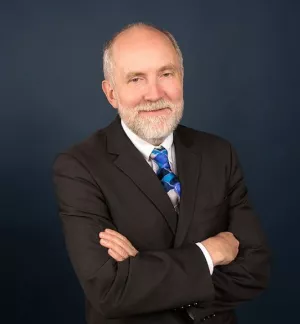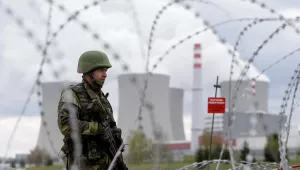Institute for Nuclear Materials Management 48th Annual Meeting, Tucson, Arizona, 8-12 July 2007
Abstract
Urgent actions are needed to prevent a nuclear or radiological 9/11. Terrorists are actively seeking nuclear weapons and Radiological Dispersal Devices (RDDs) and the materials to make them. There are scores of sites where the essential ingredients of nuclear weapons exist, in dozens of countries worldwide. There are thousands of sites worldwide where radiological materials exist. Many of these sites are not sufficiently secured to defeat the kinds of threats that terrorists and criminals have demonstrated they can pose. A dangerous gap remains between the urgency of the threat of nuclear and radiological terrorism and the scope and pace of the U.S. and world response. While the gap has narrowed significantly in recent years, much more needs to be done. This paper describes the nuclear and radiological terrorism threats, analyzes the actions taken so far to address these threats, and recommends further actions going forward.
Bunn, Matthew and Tom Bielefeld. “Reducing Nuclear and Radiological Terrorism Threats.” Institute for Nuclear Materials Management, July 2007






